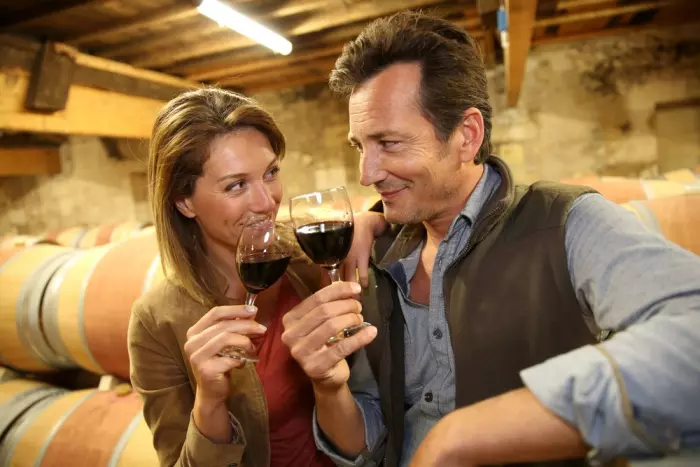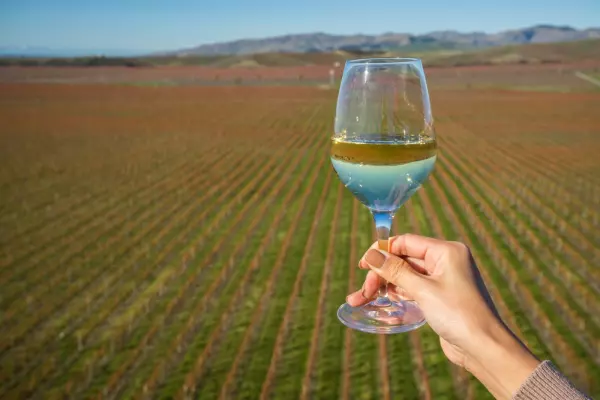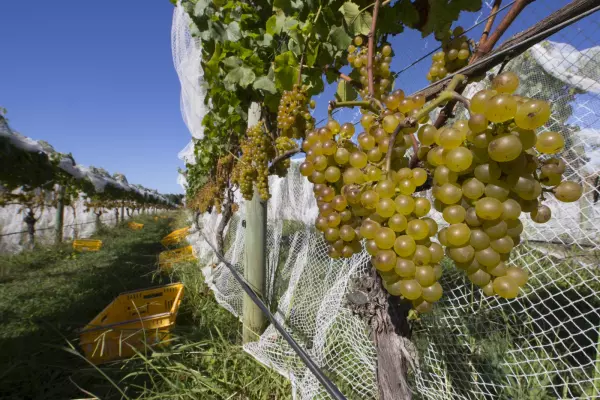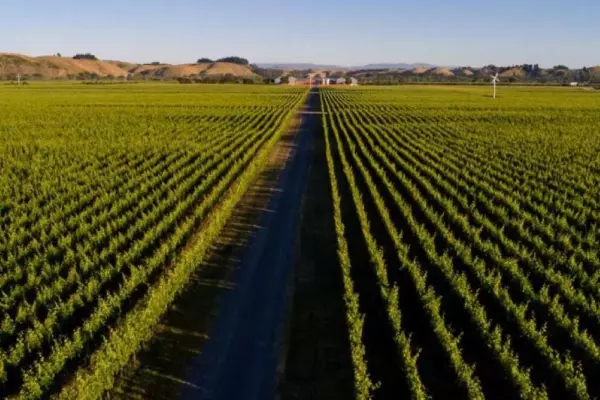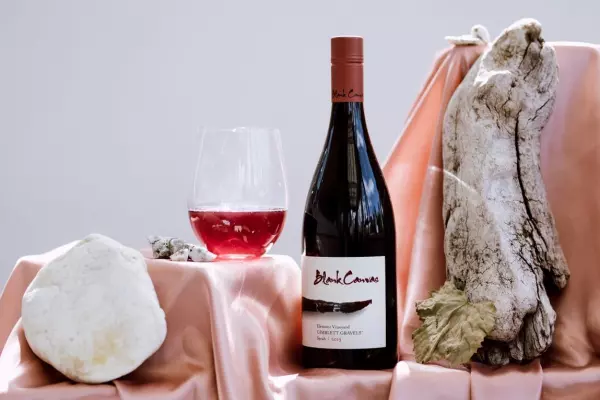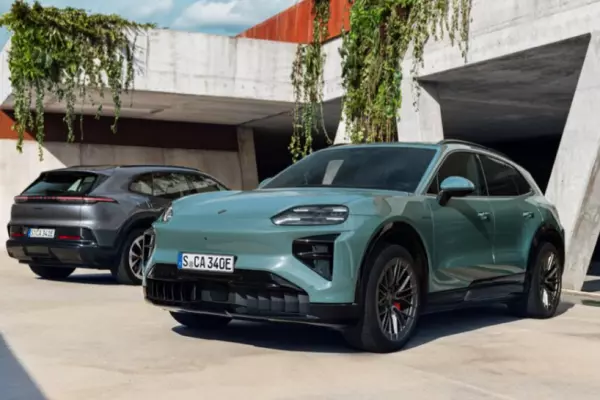Wine has occupied a large part of my life for 50 years. In that time, I have discovered many techniques to make it taste better and cost less.
There are often good scientific reasons these tricks make a difference.
For example, wine stored at cooler temperatures tends to age more slowly than wine stored at warmer temperatures.
That's partly because the rate of reaction roughly doubles with every 10℃ rise.
On the other hand, there is no scientific explanation for why wine bottled in magnums (1500ml bottles) tends to age more slowly than wine in 750ml bottles.
Try before you buy
This is the cardinal rule for wine buyers. I have discovered, to my cost, that just because a winemaker has made 10 great wines in a row, there is no guarantee that the eleventh won’t be off the pace.
Sometimes you have to take a risk. For example, I am a fan of Bell Hill's chardonnay and pinot noir, but their wine is in such high demand that if I don’t buy it before I taste it, I will miss out.
How do you try before you buy? Visit the winery cellar door, where you can usually taste it and can often buy it at a discounted price, particularly if you take six bottles or more. As well, fine-wine retailers often offer regular wine tastings for their customers.
You could also host a wine tasting, where everyone brings a bottle of your favourite wine type, such as chardonnay or pinot noir. For the cost of a single bottle you get to taste 10 to 12 wines (depending on how many wine-drinking friends you have).
Let your fingers do the walking
Once you have identified the wine or wines you want to buy, you can save some money by finding the outlet that offers the best prices.
My favourite wine search engine is Wine Searcher, a New Zealand-based website with a massive database of wines all over the globe.
I searched for the 2021 Kumeu River Estate Chardonnay, which ranged in price from $45 to WhiskeyOnline's price-friendly $35.99, plus shipping of $4.99 per order.
Use good glasses
I served the same pinot noir in two different glasses to a group of 20 wine enthusiasts.
One glass was the excellent Riedel pinot noir with a retail price of around $70, while the other was a small, clunky glass that I bought in a "two-dollar shop" for $3.
The wine (2021 Rua Pinot Noir) tasted 30% better in the Riedel glass than in the $3 glass.
I also tasted the same wine in a Riedel stemless pinot noir glass which cost around $30 and was rated equal to the Riedel pinot noir glass. It pays to use good glasses.
Large glasses with a generous bowl allow a freshly poured wine to aerate. Most wines, especially reds, benefit from a few swirls in a large glass.
Don’t store expensive champagne in the fridge
I had invited a few friends to join us for dinner and put a couple of bottles of Bollinger champagne in the fridge.
The wine was great but we drank only one bottle.
The second rested in the fridge for three months before I opened it. The wine was well off the pace – dull and slightly flat.
Don’t store fizz in the fridge for any length of time.
Serving temperature – get it right
Temperature makes a difference. You can gain a lot (20-30% of quality) by adjusting the serving temperature to suit your personal taste.
My wife likes chardonnay at fridge temperature (4℃) whereas I prefer it at cellar temperature (14℃). I chill the wine to 4℃ before warming my glass to 14℃. It is a bit fiddly, especially in restaurants, but the gain in quality makes it worthwhile.
Wine chills 50% quicker when the bottle is stored on its side in the fridge – try it.
Be kind to your wine
Wine should be stored at a constant temperature within the range of (ideally) 10-14℃.
It should be in the dark and in an area that is free of vibrations. Under stairs is not recommended.
Wine sealed with a cork should be stored on its side.
Wines with screwcaps can be stored on their side or even upside down if you wish. Screwcaps are more forgiving than corks if the wine is stored in less-than-perfect conditions.
Leftovers
Store leftover wines (including reds) in the fridge to help extend their life from a few days to a week or more depending on the wine and the air-space in the bottle.


